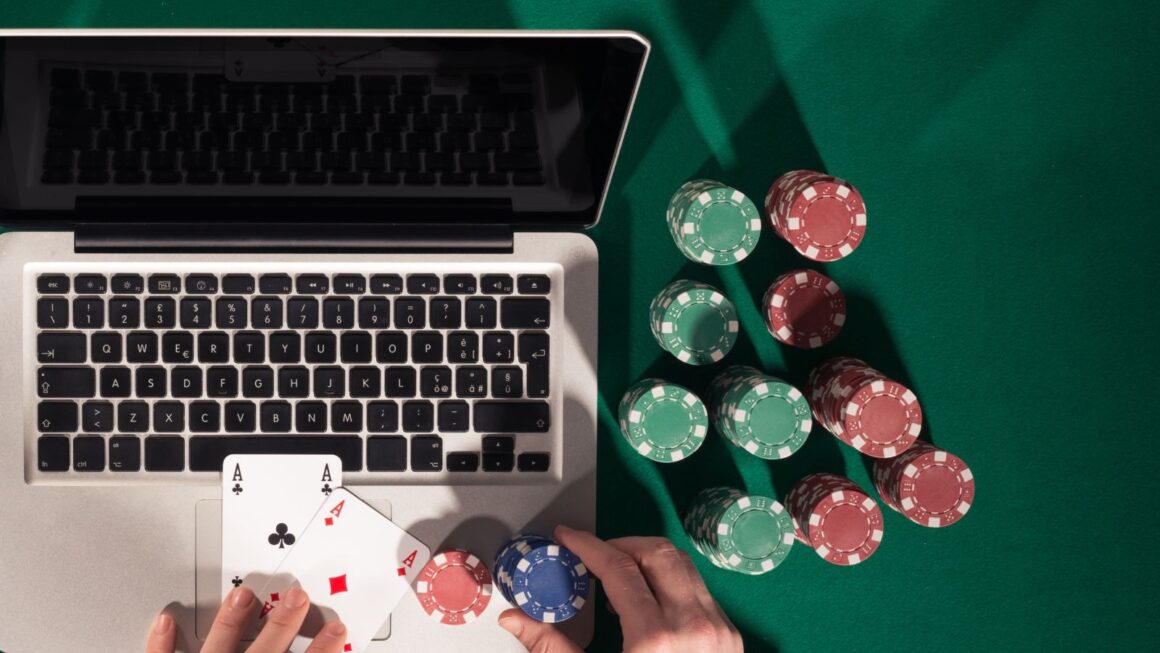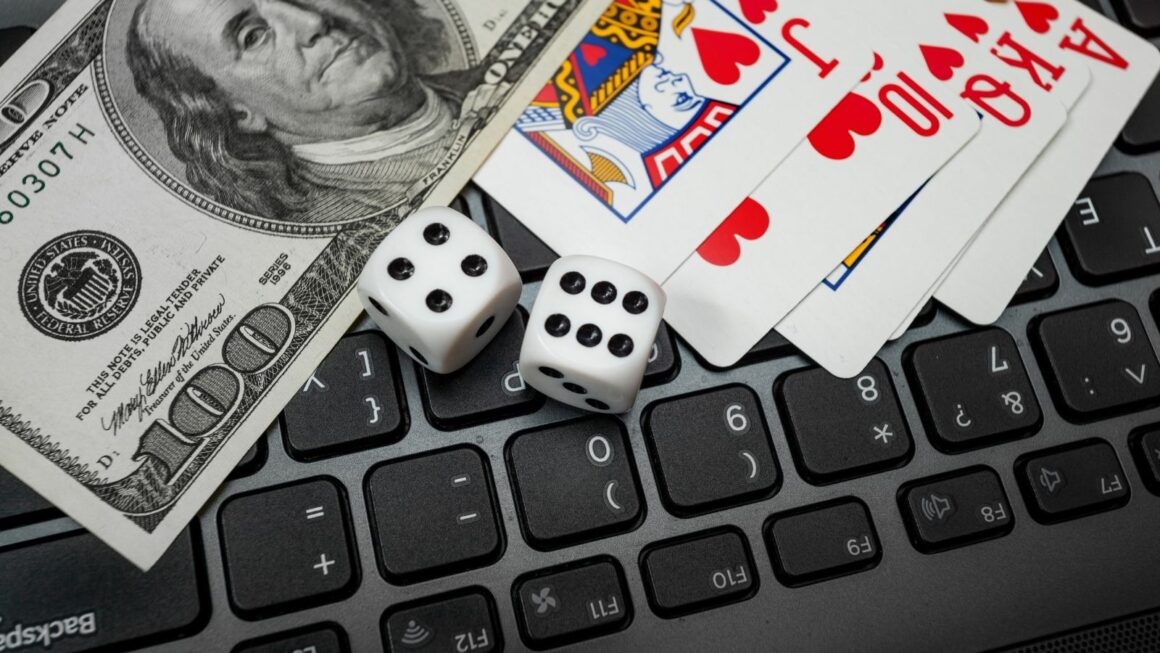
A bluff is poker’s great equaliser. It is the moment when you transform thin air into chips by convincing an opponent with a better hand to fold. When executed correctly, a single bluff can determine the outcome of a tournament, transform a player’s finances, and create a legend.
Televised poker and live streams have made these moments accessible to everyone. Replays, hand breakdowns and viral clips have shown how elite players use timing, image and psychology to their advantage. Online poker then amplified everything. With larger player pools, quicker gameplay, and an element of anonymity, the internet became a laboratory in which creative minds could hone their skills.
If this fires you up to sharpen your own instincts, start where the pros did and pick the right battlefield. By using our CoinPoker promo code, you make sure that you get the maximum value for your buck and tons of additional promotions.
Below, we present ten bluff artists and the stories behind the plays that defined them. For each player, we explain the setup, why the bluff was successful, and the lessons you can learn from it.
1. Chris Moneymaker: the bluff that sparked a boom
Profile: An unknown accountant who won a place in the 2003 WSOP Main Event through an online satellite and then turned poker culture on its head.
Iconic bluff. In a heads-up showdown against Sam Farha, Moneymaker raised a turn bet and then ripped the river on a five-spade board with a hand that could not win at showdown. Farha folded the best hand. The commentators called it the bluff of the century, and Moneymaker rode the momentum to win the title and $2.5 million.
Why did it work? He correctly read Farha’s discomfort on a threatening board and applied maximum pressure. The board told a believable story, and Moneymaker’s approach sold it.
Lesson: When it comes to terrifying runouts, conviction plus a coherent narrative beats hero calls.
2. Tom “durrrr” Dwan: fearless multi barrel bluffer
Profile: The quintessential young phenomenon who made opponents’ noses bleed by applying relentless pressure with any two cards.
Iconic bluffs:
The 7-2 side bet hand versus Sammy George. Dwan bet on every street on an ace-high paired board, then pushed all in for nearly half a million. Two pair hit the muck.
The pressure cooker versus Barry Greenstein and Peter Eastgate on High Stakes Poker. Dwan attacked a multiway pot with Q10 suited, kept firing and forced folds from stronger holdings.
Why it worked: Dwan’s image was pure volatility. Opponents braced for violence and often overfolded to avoid disaster.
Lesson: Unpredictability combined with fearless sizing creates fold equity on demand.
3. Phil Ivey: reading souls and emptying clips
Profile: The most feared presence at any table. Minimal expression, maximum pressure and impeccable timing.
Iconic bluffs.
Monte Carlo Millions vs Paul Jackson. Both players had air on a paired board, yet Ivey outleveled Jackson and moved all in, ending the levelling war. Jackson surrendered.
High Stakes Poker vs Lex Veldhuis: Ivey jammed into a strong but vulnerable range and walked away with a quarter-million-dollar pot.
Why it worked: Ivey isolates uncertainty and turns it into leverage. His table presence alone shifts ranges towards folding.
Lesson: Reads plus reputation compress ranges. When you sense capped strength, take action.
4. Isaac Haxton: nerve of steel at the PCA
Profile: An online boss with balanced ranges, pristine logic and the calmest pulse in a storm.
Iconic bluff: 2007 PCA final table vs Ryan Daut. Haxton limped with 3♦2♦, reached the river with nothing, and then pushed all in with roughly 2 million. Daut, feeling capped and uncomfortable, released.
This is why it worked. Haxton recognised the blockers and the range asymmetry. He had all the nutted combinations; Daut had far fewer.
Lesson: Leverage is a weapon. When your range smashes a runout and theirs does not, size up and sell the nuts.
5. Jack “Treetop” Straus: the chip and a chair bluff
Profile: A towering old-school legend whose table talk and showmanship have become the stuff of folklore.
Iconic bluff: The classic 7♦2♣ hand. After betting on a paired board, Straus offered to show one card in exchange for a side bet. He revealed the deuce and convinced his opponent that he was holding a full house. Fold. He later won the Main Event.
Why did it work? He created a believable narrative and used a psychological prop to anchor it.
Lesson: Storytelling matters. Words and reveals can tip marginal decisions in your favour.
6. Gus Hansen: unpredictable and unreadable
Profile: The Great Dane has built a legacy based on wild starting ranges and relentless pressure, both online and on TV.
Iconic bluffs. His highlight reel features overbets and thin lines against stars such as Daniel Negreanu. Despite the absence of a defining bluff, his cumulative pressure defined an era.
Why it worked: Opponents could not pin down his range. When anything could happen, folding becomes the safe choice.
Lesson: Range ambiguity is power. Mix in just enough madness to stop thinking players from locking you down.
7. Viktor Blom, aka Isildur1: chaos personified

Profile: The anonymous Swedish player who hit the high stakes like a hurricane, playing multiple tables against the world’s best.
Iconic bluffs. Endless. Some soared, some crashed. One memorable example at the PCA shows him making a big bluff that was beaten by a three-of-a-kind. The point is not perfection. It’s about applying pressure on a large scale.
The question is: why did it work? Volume plus velocity. He weaponised uncertainty and forced high-stakes elites to make constant high-variance decisions.
The lesson is this: If your opponents are unable to settle into a comfortable routine, they will make mistakes. Controlled chaos can be profitable.
8. Brad Booth: bricks of cash vs Phil Ivey
Profile: Yukon Brad. Fearless and creative, willing to take risks for the right story.
Iconic bluff: High Stakes Poker. Ivey 4-bet kings pre-flop, then bet on a 3-7-6 board. Booth then went all-in with 4-2 suited, worth roughly a quarter of a million. Ivey folded his kings face up. The table gasped.
The question is: why did it work? Booth’s shove polarised his range on a board that eliminated speculative hands. Theatrics with bricks of cash added pressure.
The lesson is this: Polarisation plus theatre can crack even premium hands that don’t like playing for stacks on low boards.
9. Daniel Negreanu: overbetting for fold equity
Profile: He is known for his small ball and soul reads, but don’t underestimate his willingness to take risks when the situation calls for it.
Iconic bluff. Facing a four flush runout, Negreanu bet on the turn and then overbet the river for far more than the pot. This represented the nut flush and punished a money-scared opponent.
Why it worked: Overbets punish capped ranges. When you credibly represent the nuts and your opponent lacks them, the maths fold their hand for you.
Lesson: Don’t limit yourself. Keep the best combinations in your range and attack boards where your opponent cannot.
10. Sara Chafak: Shark Cage shocker
Profile: Miss Finland turned poker sensation who walked into a professional lineup and stole a pot with pure bravado.
Iconic bluff. On PokerStars’ Shark Cage, Chafak triple-barreled a seasoned pro with air and induced a fold from the player with the best hand. The table and the internet lit up.
Why it worked: Composure, conviction and table awareness. She recognised the hesitation and applied steady pressure.
Lesson: Confidence is a skill. When your story is consistent and your opponent doubts theirs, courage wins.
